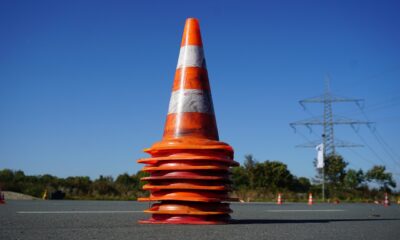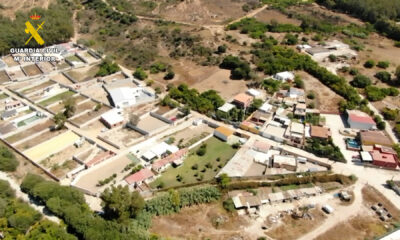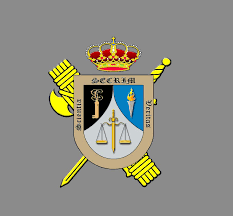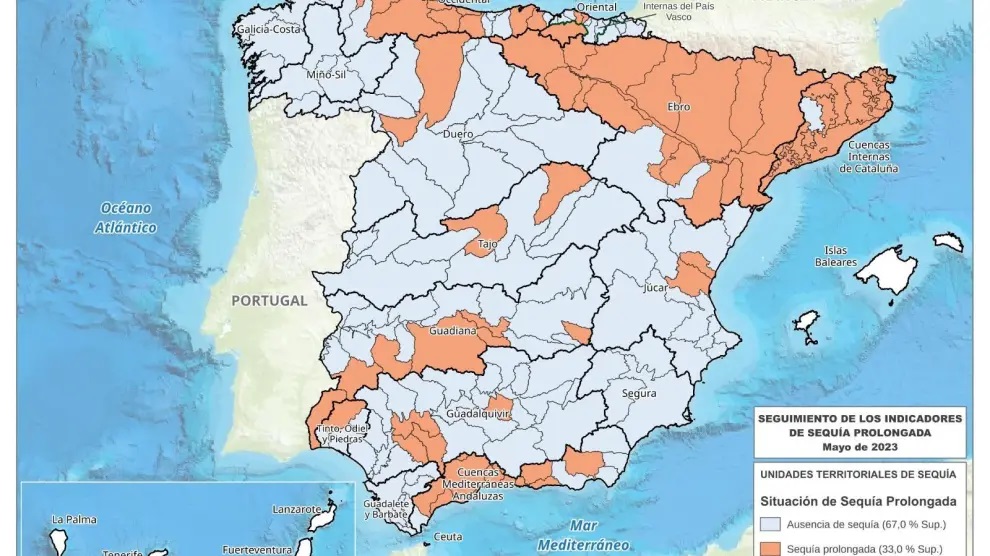
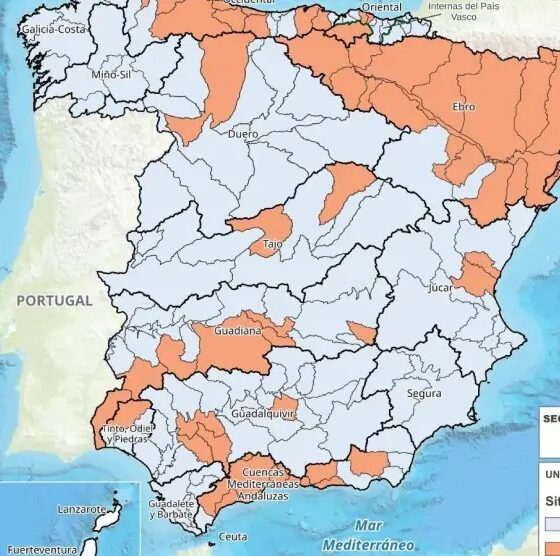
Environment and Weather
The current drought situation in Spain
Whilst mass coverage in the news is not always a consideration, let alone a priority, many reports show how half the plant appears to be burning, whilst the other half is under water, all caused by climate change, and as scientists say a direct result of human actions, we are experiencing the real-world consequences in Spain, with record temperatures in many areas, forest fires in others, and a significant drought situation across the country.
This week alone, the Catalan Water Agency (ACA) has declared, for the first time, an emergency situation due to drought in 24 municipalities of Catalonia, 22 that depend on the Fluvià-Muga aquifer (Alt Empordà, Girona) and two that are supplied from the Riudecanyes reservoir (Baix Camp, Tarragona), with a total population of 26,000 inhabitants.
After 30 months of drought, at different alert levels, and despite some rains in May and June, the levels of the interior basins have led the Catalan administration to take unprecedented measures, although no drinking water cuts are yet foreseen.
It is not the first nor the only community that has announced measures in recent months. Andalusia, Extremadura and even Navarra have already had to take action. These are all the communities with restrictions:
Catalonia
The emergency situation due to drought will come into force next week. For now, the limitations will exclusively affect global water consumption. Therefore, despite the critical and exceptional situation, there are no reasons for citizens to be alarmed.
The limitation of 200 litres per inhabitant per day will only affect municipal services. Samuel Reyes, director of ACA, has announced that in future phases these water restrictions could be extended. In principle, they would be aimed at lowering the water pressure, as has already been done in other areas, but not at direct restrictions on consumption.
Andalusia
In Andalusia the situation is not rosier. More than 80,000 residents between Alto Guadiato and Los Pedroches, in the north of the province of Córdoba, have lacked a regular supply since the end of March. Filling private pools with drinking water is also prohibited and many municipalities have removed showers and footbaths from the beaches.
To the south of the province, in Lucena, there are nocturnal supply cuts due to the drop in municipal tanks and weekly watering in parks and gardens has been reduced to a minimum.
Distribution of water was carried out with tanker trucks at the beginning of July in the Cordoba town of Pozoblanco due to the lack of water.
In Malaga, in four municipalities of the Axarquía (Vélez-Málaga, El Borge, Almáchar and Iznate) there are nocturnal water cuts due to the situation of the La Viñuela reservoir, which supplies them and is at 9% of its capacity. Colmenar receives four tanks of water a day and in Rincón de la Victoria the supply of showers and beach footbaths has been cut off. Restrictions also apply to municipalities on the Western Costa del Sol, such as Torremolinos.
Extremadura
Extremadura also suffers nightly cuts in the water supply. Phase III of the Drought Emergency Plan is activated and provides for cuts in suburban areas and a ban on watering gardens and green areas. Neither will vehicles be washed, private pools filled, or more than 189 litres per person per day spent.
Navarre
From the beginning of the hydrological year, which began on October 1, 2022, until May 31, 2023, rainfall in Navarra has been 27.6% lower than in the same period of the previous year, when almost 15% more rain than in 2021. In the southern half, there has been 40% less rainfall in Tudela and almost 27% less in Pamplona.
It is in this area of the community that some restrictions have been imposed that basically affect the farmers in the area, since they have to distribute the water for irrigation.
THE DROUGHT IN SPAIN
According to the latest drought monitoring report from the Ministry for Ecological Transition, at the end of May there were 26 Territorial Drought Units (UTS) in an emergency situation in the Guadiana (7), Ebro (6), Guadalquivir (5) basins, Andalusian Mediterranean (4) and 1 in Tajo, Segura, Tinto, Odiel and Piedras.
With 27% less rainfall in the first semester compared to the same period last year, Spanish reservoirs are at 46.5% of their capacity and store 36,030 hm³, 27.6% less than the average water reserve of the last ten years. This is a collective figure however, and some areas are much worse than others.
The basins in the worst state are those of Guadalete-Barbate (22.4%), Guadalquivir (23.1%), Guadiana (29.7%), internal Catalonia (30.6%) and Andalusian Mediterranean (32.5%), whose situation contrasts with those of the Eastern and Western Cantabrian Islands (both at 90.4%).
Other towns such as Coín, Cártama or Alhaurín de la Torre have issued proclamations in which they recall the Junta’s restrictions on the use of drinking water to fill private pools, irrigate gardens and wash cars outside authorized establishments, as well as in ornamental fountains. without closed water circuit.
The drought has also led some municipalities on the Cádiz coast, such as Chipiona, San Roque, Vejer de la Frontera or Zahara de los Atunes, to eliminate showers and footbaths from their beaches: according to calculations by environmental groups, a shower on the beach consumes 120,000 litres of water per day.
In this sense, the Andalusian president, Juanma Moreno, has already warned on more than one occasion that if the drought continues after the summer there will be “painful restrictions”. There are even some municipalities that are limiting water for private consumption apart from the Córdoba area. This is the case of about fifteen towns and villages in the Sierra de Huelva, where they are already suffering cuts in domestic supply, including Aracena and Higuera de la Sierra.
And yet, despite this bleak picture, there are still many local authorities ignoring the situation and wasting water like it is in an abundance. The reality being the exact opposite, and although we can all do our bit to conserve water, those in authority must also look to their actions and how they can preserve this precious and life-saving resource.
The post The current drought situation in Spain appeared first on Spain Today – Breaking Spanish News, Sport, and Information.






